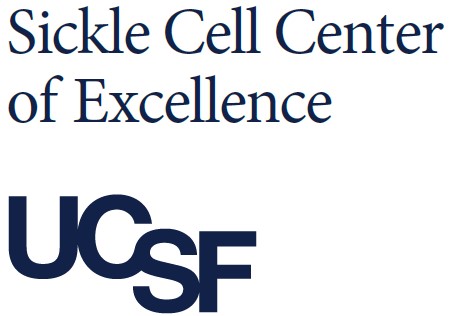Pain is the most common reason for individuals with sickle cell disease (SCD) to present to the emergency room.
Most life-threatening sickle cell disease related complications begin with a pain presentation. Rapid and effective pain management may reduce risk for admission and sickle cell related morbidity and mortality.
The most common reason for patients with sickle cell disease to seek emergency care is severe acute pain caused by vaso-occlusion. Vaso-occlusion results in downstream ischemia as well as subsequent reperfusion injury, both of which can lead to severe pain and chronic organ injury. While most episodes of pain may be managed in the outpatient setting, often, patients with sickle cell disease will require more aggressive pain management in the acute care setting. As there are no validated objective measures that correlate with pain severity (exam or laboratory findings), patient report is the gold standard to assess severity and quality of pain as well as response to therapies.
Several studies have shown that rapid triage and administration of pain medication as well as frequent reassessment and titration of pain medication to clinical effect may reduce the likelihood of admission and other sickle cell related complications. Many lifethreatening complications of sickle cell disease, including acute chest syndrome, fat embolism syndrome and stroke, occur within 24-72 hours of onset of pain so it is imperative to treat pain episodes effectively.
View the Acute Pain Algorithm for Sickle Cell Disease in the Emergency Department infographic for a visual approach to acute vaso-occlusive pain management in the emergency room.
